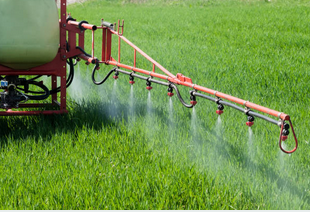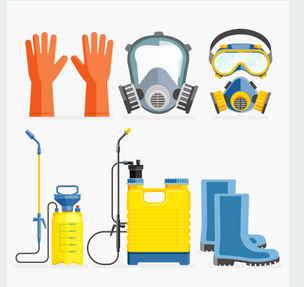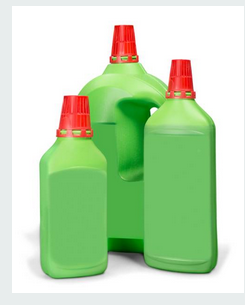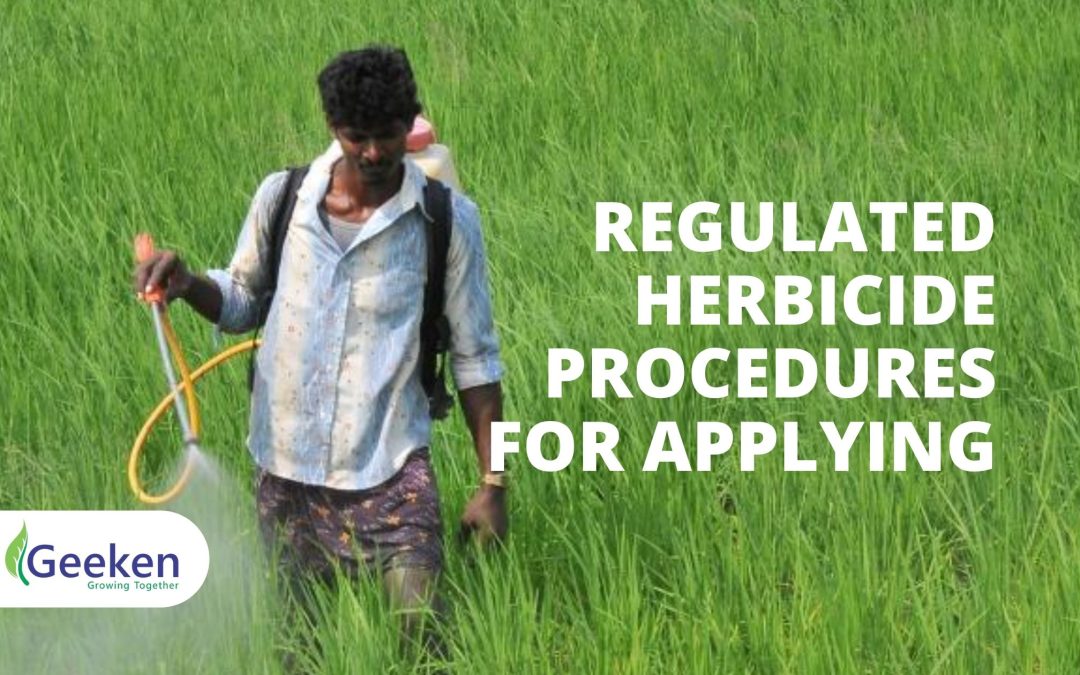The goal of the Herbicide Procedure for Applying is to cover the target pest but with fewer efforts and to prevent non-targets. It will cover maximal performance while requiring less effort and prevent it from infecting non-targets. The Herbicide Procedure for Applying requires an understanding of not only application equipment but also pest management. This requires correct device selection, understanding pest behavior patterns, and skillful transmission methods. Furthermore, for the Herbicide Procedure for Applying a complete understanding of the equipment is essential to boost the desired level of operation. For this select and estimate the variety and type of equipment required to deal with the crop in the shortest amount of time, and optimize the equipment used.
Contents
There are a few things to keep in mind when using herbicides
| When Should you Apply? | Description |
| Growth timing | It was used to take into account the growing degree of the plants and weeds. |
| Crop Growth stage | Labels for vegetable plants usually state the plant peak or blooming degree. It must be reached before applying the herbicide. Fruit plant labels, on the other hand, are based on the number of years the plants have been growing. |
| Weed growth stage | Herbicide applied to young weeds is far superior to an herbicide applied to adult weeds. As immature weeds absorb chemicals more quickly than mature weeds. |
| Processed crop | Some processors will no longer accept crops that have been treated with specific pesticides. Check with them beforehand before using a herbicide. |
When using herbicides, there are several factors to take into account
| Factors | Description |
| Temperature | Do not observe pesticides on hot days with temperatures above 90 degrees Fahrenheit. Excessive humidity might cause crop damage. |
| Soil conditions | If the soil conditions are outside of the moderate to high range. Therefore, it can cause chemical reduction and weakened effectiveness and additionally change the stage of soil. |
| Dissolved oxygen | The signs and symptoms of herbicide application are proof of a causal pathway to low dissolved oxygen when harm occurs. |
| Wind | Use coarse droplet nozzles in your sprayer to reduce misting and save float. In addition, spray insecticides outdoors on a windy day or when winds are gusty or varied in direction. |
| Dew | Herbicide efficiency is reduced, as well as herbicide discharge. In addition, lowering weed control and causes chemical compounds to wind up in unintended places. |
Different types of methods of herbicide application
- Spray application:A hydraulic sprayer has a tank, a pump or boom, and a nozzle.It is usually a mixture of water and chemicals that condenses into droplets. The size can be from huge raindrops to tiny, invisible particles.
- Rope wick applicators: You can spray the herbicide directly on weeds or on the crop. This will result in selective control.This method has been partially effective against tulip, docks, rushes, thistles, and bracken in pastures. But the ropes are pretty expensive.
- Stem injection: It is responsible for getting the herbicide to the plant. It entails piercing or slicing through the bark of a tree to reach the sapwood tissue.
- Axe cut method:Herbicide is injected into the cut immediately to reach the tissue layer after cutting through the bark into the sapwood tissue in the trunk.
- Stem scraper:Using a sharp knife, remove a thin layer of bark from a 10cm length of stem. After that herbicide is sprayed on the fragile, immature tissue of undesirable plant growth and stems with aerial tubers.

Precautions should be taken when using Herbicide
Safety Systems Herbicide Procedures for Applying
- When handling pesticide containers, even before opening them, wear adequate personal protection equipment.
- Keep the insecticide bottle below eye level while putting them into the spray tank. If there is a breeze outside or a strong air current indoors. In addition take a position where the pesticide won’t be blown back at you.
- Keep children, dogs, and toys out of places where pesticides are mixed. Therefore applied for atleast the period specified on the label, or wait until the pesticide has dried before returning.
- It is possible for pesticides to be carried from your hands into your mouth if you smoke or eat while mixing or applying pesticides.
- Depressurize spray tanks whenever you finish an application. Turn off the tank’s main pressure valve and release any leftover pressure at the nozzles.
- Make sure all pesticide granules are removed from non target locations. If clothing becomes soaked in the spray solution or contaminated with the pesticide concentrate.Kindly wash immediately with soap and water and do not wash it with other family clothes.

Awarness
- It is crucial to figure out which pesticide to use. And whether or not the pesticide can be used properly under the application conditions.In addition how much product is needed for the area you are treating.
- Examine the pesticide label carefully for safety precautions, application techniques, and special instructions. It also includes information on the pests to be controlled, application rates and spray quality criteria.
- Educate others about your work to reduce hazards to yourself, coworkers, the public, and the environment, and communicate in normal language.
- Avoid puddles of liquid pesticides or piles of dry pesticides in the application area.
- Mix or dilute the insecticide only to the amount you need for each application outside or in a well-ventilated location. Otherwise it will decay and become useless over time. To correctly measure liquids, you can use glass or plastic measuring instruments ranging in size from 1 cup to 1 gallon. To avoid contaminating future combinations, rinse and wash utensils after each use before storing them.
A compatibility test
- Certain tools, such as internet sources and smartphone apps, can assist you in determining the right mixing order for specific tank mix components.
- Examine pesticide compatibility to see if they can be blended without losing effectiveness or affecting the physical as well as chemical properties of the mixture.
- People who combine and load concentrated pesticides face a very high risk of poisoning and unintentional exposure.
- Place pesticides in areas where spills, leaks, and overflows will not flow into drains or water sources.
Usage of containers
- If the label says to return the container to the pesticide dealer for refilling or dispose of it, follow the instructions.
- Keep containers in a secured cabinet out of reach of kids, pets, or livestock. Pesticides should be kept away from foods, fertilisers, and other items that could be affected.
- You can prevent spills by using a sharp knife once you have finished using the bags. After that, clean the knife and don not use them for anything else.

Resources
- In narrow spaces, insecticides are frequently used. For instance warehouses, industries, homes,ships, and transport regions.Therefore it requires a respirator and protective clothes to avoid inhalation and skin exposure.
- In areas near streams, bird nests, or fish ponds, pesticides should never be mixed or applied.
In conclusion, to select the most appropriate pesticide application method you must examine aspects such as the target site, target insect, and pesticide formulation you intend to apply. Therefore, as a result, you must improve the farmer’s knowledge. And wear all of the PPE indicated on the label for a specific operation to reduce health and environmental issues. In addition, they use closed mixing, loading, and pesticide containment systems.
Your pesticide application equipment must be capable of delivering the right amount of pesticide to the right target. Spraying under ideal meteorological conditions can help reduce drift.Make sure your equipment has been thoroughly inspected before utilising insecticides. Above all, you understand how to use the label information to calculate the correct amount of pesticide. Take a look at the results of your pesticide treatment. If the pesticide fails to control the insect, a different chemical, a non-chemical treatment, or a combination of both treatments can be utilized. Through this blog, we have sought to give you a wider understanding of herbicide safety measures. For instance, there are many types of herbicide treatments and different environmental conditions that affect herbicide use. Also, have a look at the pages on this site about various kinds of herbicides.
Related blog: POST-EMERGENT HERBICIDES: THE ULTIMATE WEED KILLER.

